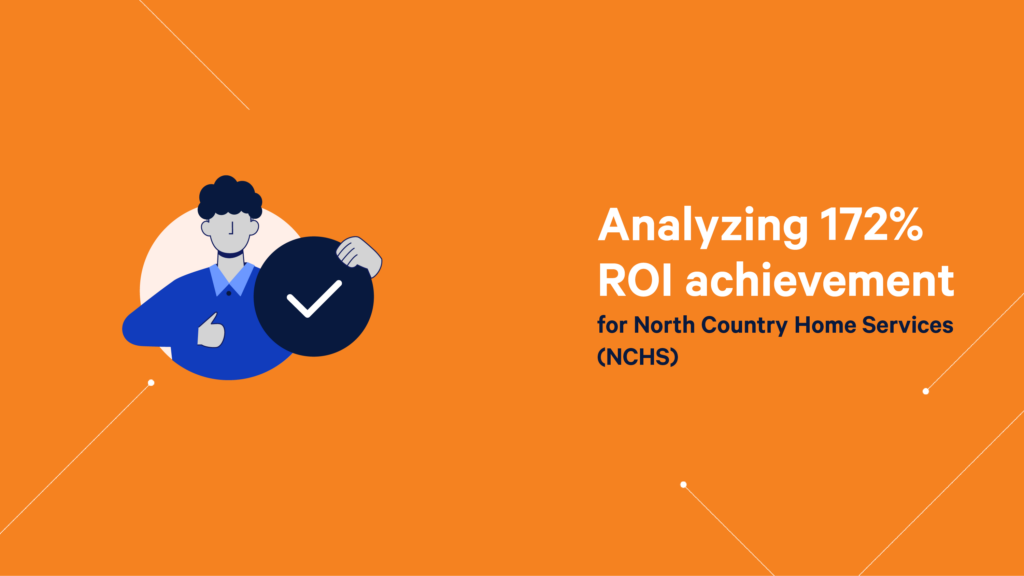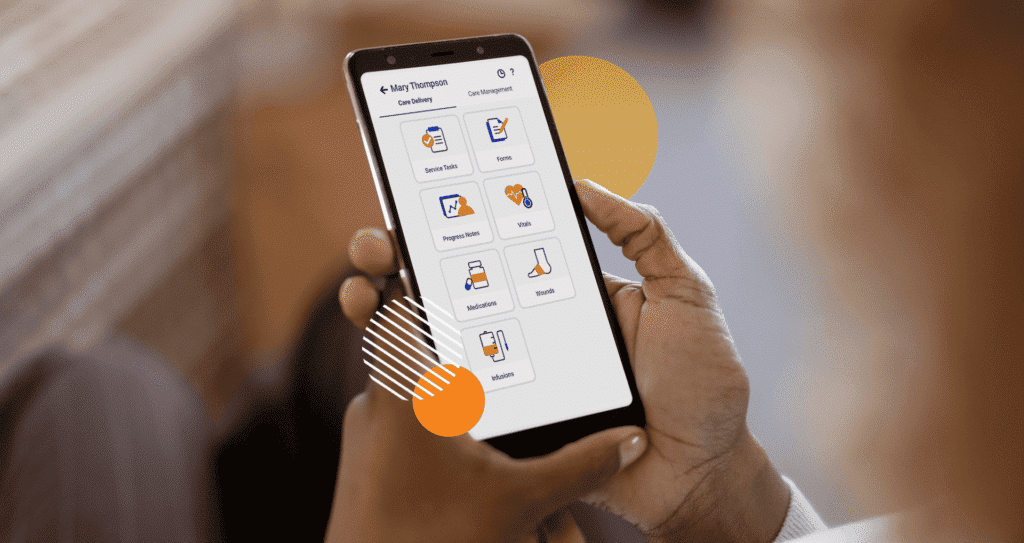Blog
4 ways technology has opened the door to better home-based care in rural communities

The breakneck speed of technological innovation in the last decade has had a profound effect on contemporary society in unprecedented ways, especially in the healthcare industry. The COVID-19 pandemic spurred new virtual outreach possibilities like few other periods in modern history. This required new strategies to respond to extraordinarily difficult situations.
These rapid changes have helped overcome many traditional obstacles facing medical professionals providing comprehensive care to clients in rural communities. Clients in rural areas tend to have more difficulty receiving regular care for chronic issues. They have limited access to more specialized care, and face more economic constraints than other populations.
Advances in telehealth, connectivity and security software, and location services have revolutionized how providers overcome these challenges for their rural clients.
New technology that connects to crucial infrastructure such as hospital networks and pharmacies has resulted in streamlined client management that saves the time and resources of both medical staff and clients. Whether clients receive care through a virtual visit, in-home visit, or a combination of the two, these advances make the entire visit process easier for rural clients.
Home-based care providers who implement new technologies into their systems can expand their care network, offer more comprehensive coverage, and secure their place as a leader in the future of client-focused healthcare. Optimizing home-based care for rural clients can be profitable too.
Learn how North Country Home Services achieved 174% ROI with a streamlined strategy towards home-based care in this case study and webinar below.
Learn how North Country Home Services achieved 174% ROI with a streamlined strategy towards home-based care.
Here are four ways that new technology is transforming home-based care in rural areas:
1) Improvements in web applications optimize virtual appointments
Dozens of new applications have entered the market to offer home-based medical providers customized web programs to safely and securely connect with their clients. Now many of these options are integrated with online scheduling systems that maximize medical professionals’ time and make it easy for clients to find an available appointment.
These programs can cut back on missed appointments and overbookings. Some optimized scheduling platforms even facilitate virtual appointments and store client data. Others can help schedulers pick the best caregiver based on their proximity to other visits or consider commute time to prevent late visits. AlayaCare’s Visit Optimizer, for example, matches vacant visits with suitable care providers using advanced algorithms that take into account a company’s business objectives.
2) Advancements in electronic records management and location services
There have been huge advances in software for client record management that have significantly reduced the time spent on paperwork. Results and appointment notes can all be synchronized across medical institutions in real-time so that doctors have fast access to the information they need to treat clients effectively – wherever they are working.
Similarly, location data has been better integrated into several apps to make traveling to remote rural locations easier, faster and cheaper. Travel GPS tools are helping mobile medical providers build the best routes to save on gas mileage and ensure that they reach their destination on time.
3) Developments in real-time monitoring technology provide better oversight and outcomes
Growth in telehealth options has provided home-based care providers in rural communities with more ways to monitor their clients’ chronic medical issues or be alerted if an emergency occurs. Expanded virtual appointment options also provide more options for counseling and mental health care appointments that may otherwise be missed.
Millions of people with heart or lung disease can benefit from the increased oversight, according to the national Centers for Disease Control and Prevention. Stroke victims can receive care faster, mitigating some of the impact too.
4) New connectivity and security protocols streamline the entire process
In the past, there were very few applications that enabled doctors and clients to meet online with a stable and secure connection. Today, specialized apps include both telephone and video options that are backed by state-of-the-art web security protocols and are integrated with multiple storage options.
AlayaCare’s mobile app, for example, allows healthcare providers to access essential information and input appointment data even while offline in areas with bad connectivity. For home-based medical providers, apps like this can greatly expand the services that can be provided to clients in rural areas.
Hear how North Country Home Services used technology to bring better outcomes to their rural clients





